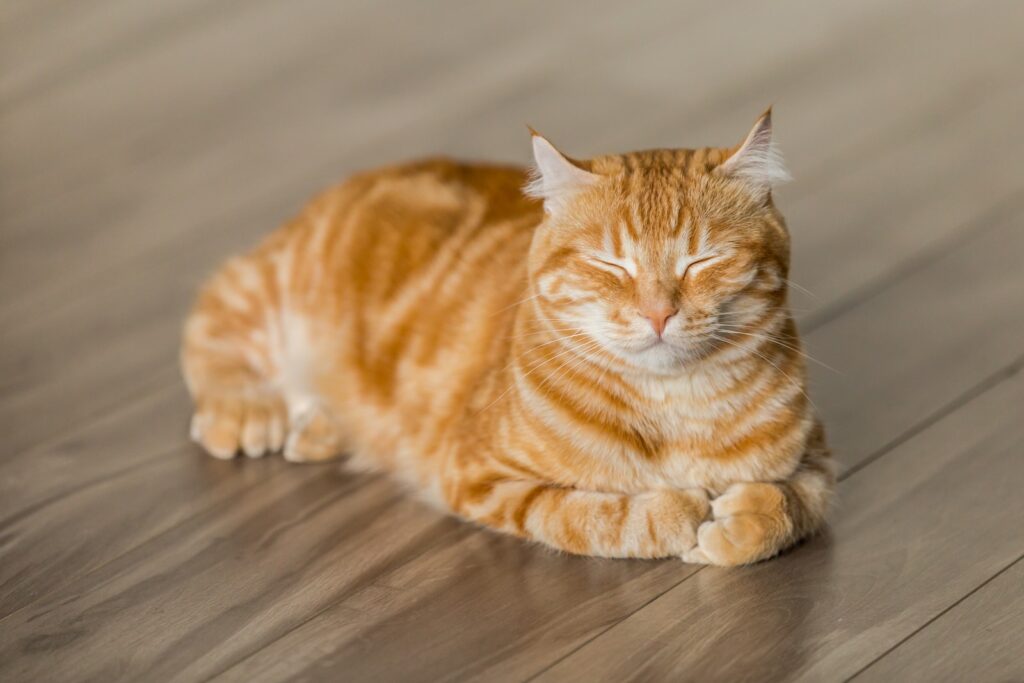Can Cats Eat Steak? — Yes, They Can
Steak is a meat product that is rich in protein, and cats are obligate carnivores, which means that they require a high amount of protein in their diet. Therefore, cats can indeed eat steak as part of a balanced diet.
Can Kittens Eat Steak?
Yes, kittens can eat steak as well. However, it is important to ensure that the steak is cooked thoroughly to eliminate any potential pathogens that may be harmful to the kittens.
Things to consider when feeding steak to kittens?
When feeding steak to kittens, it is crucial to cut the meat into small, manageable pieces to avoid choking hazards. Additionally, it is recommended to introduce steak gradually into their diet to monitor any adverse reactions.
Nutritional Benefits of Steak for Cats — Why Steak is Good for Cats?
1. High-Quality Protein Source
Steak is packed with high-quality protein, which is essential for cats to maintain muscle mass, support growth, and repair tissues.
2. Rich in Vitamins and Minerals
Steak contains various vitamins and minerals, such as iron, zinc, and B vitamins, which contribute to overall feline health and well-being.
3. Source of Healthy Fats
Although cats require a primarily protein-based diet, they also need a small amount of healthy fats. Steak provides a good source of these fats, which are important for energy and proper organ function.
4. Helps Promote Hydration
Steak consists of moisture, contributing to the overall hydration of cats. Adequate hydration is crucial for urinary tract health and proper digestion.
5. Provides Essential Amino Acids
Steak contains essential amino acids that cats cannot produce on their own. These amino acids are vital for various bodily functions, including healthy skin and coat.
Potential Allergies: Can Cats Be Allergic to Steak?
While steak is generally safe for cats to consume, some cats may be allergic to certain proteins present in it. It is crucial to monitor your cat for any signs of allergies or adverse reactions after introducing steak to their diet.
Symptoms of Steak Allergies in Cats
- Skin irritation: Look for excessive scratching, redness, or rashes on the cat’s skin.
- Digestive issues: Monitor for vomiting, diarrhea, or abnormal bowel movements.
- Respiratory problems: Keep an eye out for sneezing, coughing, or difficulty breathing.
What to Do If Your Cat Shows Symptoms?
- Contact your veterinarian: Consult with a veterinarian if you notice any allergic symptoms in your cat. They will provide appropriate guidance and advice.
- Eliminate steak from the diet: If allergies are detected, it is crucial to remove steak from your cat’s diet completely.
- Explore alternative protein sources: Consult with your veterinarian to identify suitable protein alternatives that are safe for your cat.
Recommended Amount: How Much Steak Can a Cat Consume?
The recommended amount of steak for cats depends on various factors, including their age, weight, and overall health. As a general guideline, it is advisable to offer small portions of cooked, boneless steak as an occasional treat rather than a regular part of their diet.
Things to Consider When Feeding Steak to Cats
When feeding steak to cats, it is important to avoid seasoning or adding any spices. Furthermore, ensure the meat is thoroughly cooked, without any bones, as bones can pose a choking hazard and may splinter, causing injuries to the digestive tract.
How to Feed Steak to Cats: A Quick Guide
Feeding cats steak can be a delightful way to treat them. Here’s a quick guide:
Grilled Steak Strips
1. Preheat the grill to medium heat.
2. Season a boneless steak with a small amount of cat-safe herbs like catnip or cat grass.
3. Grill the steak until cooked to your desired level of doneness.
4. Let it cool, then cut the steak into thin strips.
5. Serve a small portion of the grilled steak strips as a treat for your cat.
Baked Steak Medallions
1. Preheat the oven to 350°F (175°C).
2. Place boneless steak medallions on a baking sheet lined with parchment paper.
3. Bake for about 12–15 minutes or until the steak is cooked to your preference.
4. Allow the steak to cool, then cut it into bite-sized pieces.
5. Offer a small portion of the baked steak medallions as an occasional reward for your feline companion.
Conclusion
In conclusion, cats can safely enjoy steak as part of their diet, as long as it is cooked, boneless, and served in moderation. It provides valuable protein, essential nutrients, and can be a delightful treat for your furry friend. However, always be mindful of any potential allergies or adverse reactions, and consult with a veterinarian if you have any concerns or questions regarding your cat’s diet.






